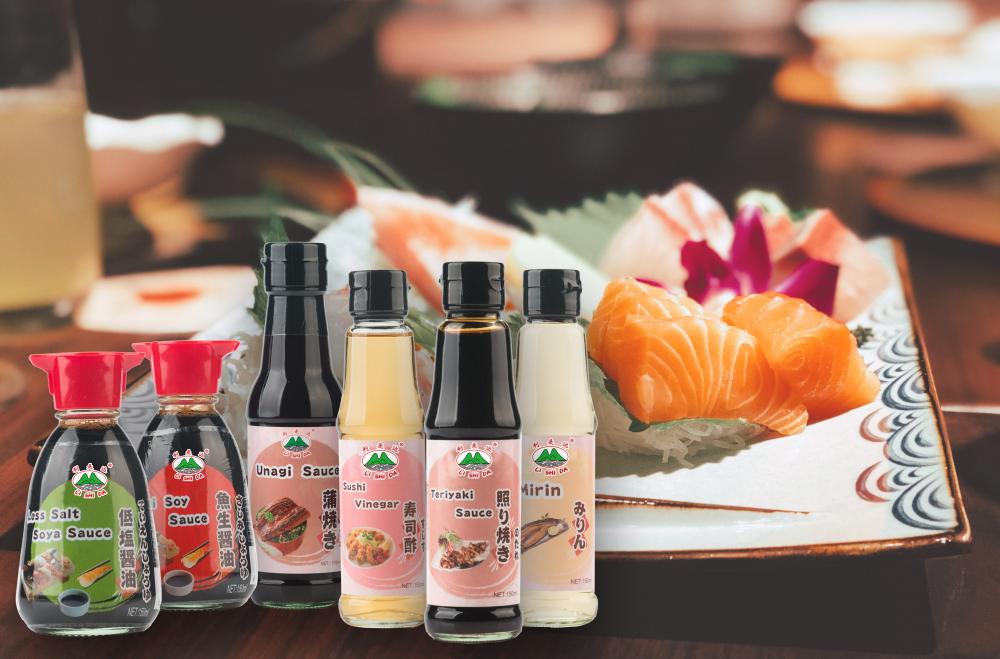What are the symptoms of baby milk allergy?
Infant formula allergy means that your baby has had some allergic reaction after drinking formula milk powder. Usually the allergen is milk protein and the symptoms are on the skin. Allergic reactions can be divided into two kinds of immediate and delayed food allergies. Fast-acting hair loss usually occurs within 2 hours after eating allergen-containing foods. The symptoms are generally heavier. Late-onset usually occurs within hours or days after eating, and the symptoms are relatively mild. In addition to diarrhea, abdominal pain, pruritus, urticaria, and eczema, milk protein allergies can also cause serious life-threatening conditions such as difficulty in breathing and blood pressure. People allergic to milk may also cause cross-reacting reactions: They may also be allergic to goat milk, animal skins, meat, beans, and eggs. Milk allergies have a certain genetic predisposition, especially for children with a family history of allergies.

Ways to avoid baby milk allergy
1, insist on breastfeeding. The best way to prevent allergies is to breastfeed and it is best to continue until the age of one year or even over one year. Normally breast milk does not produce allergies.
2. Stay away from allergen diets. Limit food intake with sensitizing factors such as milk, eggs, fish, peanuts, and nuts. For high-risk infants, solid foods began to be eaten after six months. Cheese products began to be consumed after one year of age. Eggs began to eat after two years of age. Peanuts, walnuts, and fish began to be consumed after three years of age.
3. For milk powder. If you are allergic to regular formula, you should change your baby into hypoallergenic formula in time. If it is confirmed to be milk protein allergy, you can use "anti-allergy formula" or "soybean protein formula" and get improvement. Allergies and high-risk groups with a high family history of allergies may be able to reduce the risk of allergies by fully breastfeeding or “anti-allergy formulas,†and using “partially hydrolyzed formulas†may have similar effects. Of course, to change milk powder, we must choose a large-scale, product quality and service quality of well-known baby-grade powder, so as to avoid the baby drink problem milk, therefore, in order to give the baby the best quality milk powder, from the brand , Nutrients, and emotional appeals are repeatedly considered.
Avoid food allergies
The common symptoms of childhood allergies include allergic keratitis, asthma in the respiratory tract, allergic rhinitis, atopic skin dermatitis, and urticaria. Allergies are mainly due to the developmental delay of certain protein variants, defects, or functions in the body, which affects the baby's absorption and digestion of food. Although allergic phenomenon is more common, there are individual differences, especially hereditary features. If the father is allergic, the chance of baby's allergy is 30%; If all parents are allergic, the chance of baby's allergy is as high as 70%. Allergies often occur in children under the age of 3, including 1 year of age.
Mothers must understand which foods are prone to baby allergies. These foods mainly include protein-rich milk and eggs; seafood, fish, shrimps, crabs, sea shells, and kelp; onions, garlic, leeks, and parsley with special smells. Onions and mutton; peppers, peppers, mustard, ginger with special irritating properties; raw foods such as tomatoes, raw walnuts, peaches, and persimmons; bacteria-rich foods such as dead fish, dead shrimp, and fresh meat; Foods such as mushrooms and rice vinegar; non-digestible foods such as cockroaches, eel, squid; seed foods such as various beans, peanuts, sesame seeds.
In addition, it is advisable to add complementary foods to your baby in small quantities. The complementary food that is first added to the baby should be easily digestible and not easily cause allergic foods, usually cereals, followed by vegetables and fruits. Usually add baby solid foods such as eggs, fish, peanuts, wheat and other foods after 6 months. The baby's diet should be light, eat more foods rich in vitamins. After your baby's allergies are over, your mother should also observe the baby's aftermath for a long period of time: like allergies to milk and eggs. The baby will slowly disappear after 14 months; allergies to peanuts and seafood tend to follow for life.
Select special formula for milk replacer
The dietary guidelines for children ages 1 and 3, published by the China Nutrition Society, suggest that for infants between the ages of 1-3, formula milk powder is the best substitute for milk. This is mainly because, in formula milk, calcium, zinc, vitamins B1, B2, and vitamin C are added; these are the nutrients needed for the growth and development of young children.
For allergic babies that have been weaned, you can choose "Special formula milk powder." The so-called "special formula milk powder" is not a proper noun. It is just relatively ordinary infant formula, and some special formula milk powder is called "special formula milk powder". According to the different formulas, it can be divided into many kinds, for example, deep-hydrolyzed formula milk powder, special metabolic formula milk powder, anti-diarrhea formula milk powder and so on. These special formulas have a certain therapeutic effect, so to a certain extent it is also equivalent to a prescription drug.
Low-sensitivity formula milk powder, which is partially hydrolyzed protein infant formula, uses a special proteolytic process to convert highly sensitized ordinary milk proteins to low-sensitized small molecule proteins, thereby reducing the risk of baby allergies. It has the same nutritional ingredients and less allergen content than regular milk formula milk powder. Compared with deep hydrolysis and amino acid formula, the taste is also more delicious and can be easily accepted by the baby, especially for infants over 6 months old.
Hydrolyzed protein milk grade
The main role of hydrolyzed protein formulas is to fight protein-induced allergies. Depending on the protein in the formula, the hydrolyzed protein milk is divided into four levels:
The first level formula milk powder is commercially available infant formula milk powder, suitable for most children, mothers can purchase for their own baby.
The second stage partially hydrolyzed formula milk powder, also known as moderately hydrolyzed formula milk powder, is suitable for preventing milk protein allergy. If the parents themselves have a history of allergies, breast milk is not sufficient and it is necessary to consider adding a partially hydrolyzed protein powder to the baby.
The third level of deeply hydrolyzed formula is suitable for the treatment of lighter milk protein allergy.
The fourth amino acid milk formula is suitable for the treatment of milk protein allergy.
The third and fourth types of powdered milk cannot be purchased in the general market and must be purchased by a doctor in a hospital.
In order to satisfy people's need,now we develop Japanese Sauce,includes Sushi Sauce,Sashimi Sauce, Unagi Sauce ,Teriyaki Sauce,Sushi Vinegar,Mirin Sauce and so on.We select non-GMO soybeans,wheat,sugar and other high quality ingredients,and adhere to brew in traditional process.

Welcome to contact us for cooperation!
Japanese Soy Sauce,Sushi Soy Sauce,Sashimi Soy Sauce,Unagi Sauce,Teriyaki Sauce,Sushi Vinegar
KAIPING CITY LISHIDA FLAVOURING&FOOD CO.,LTD , https://www.lishidafood.com